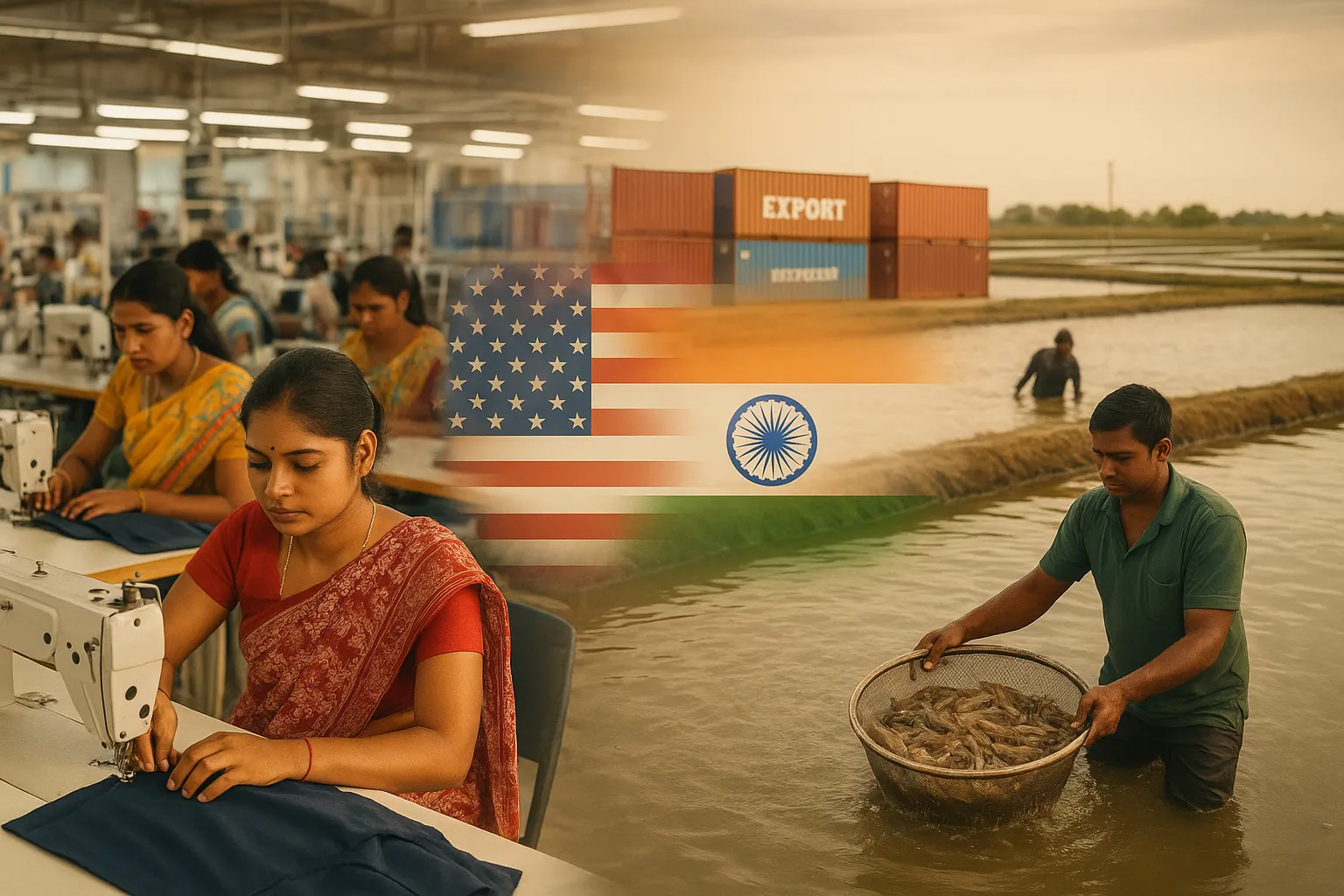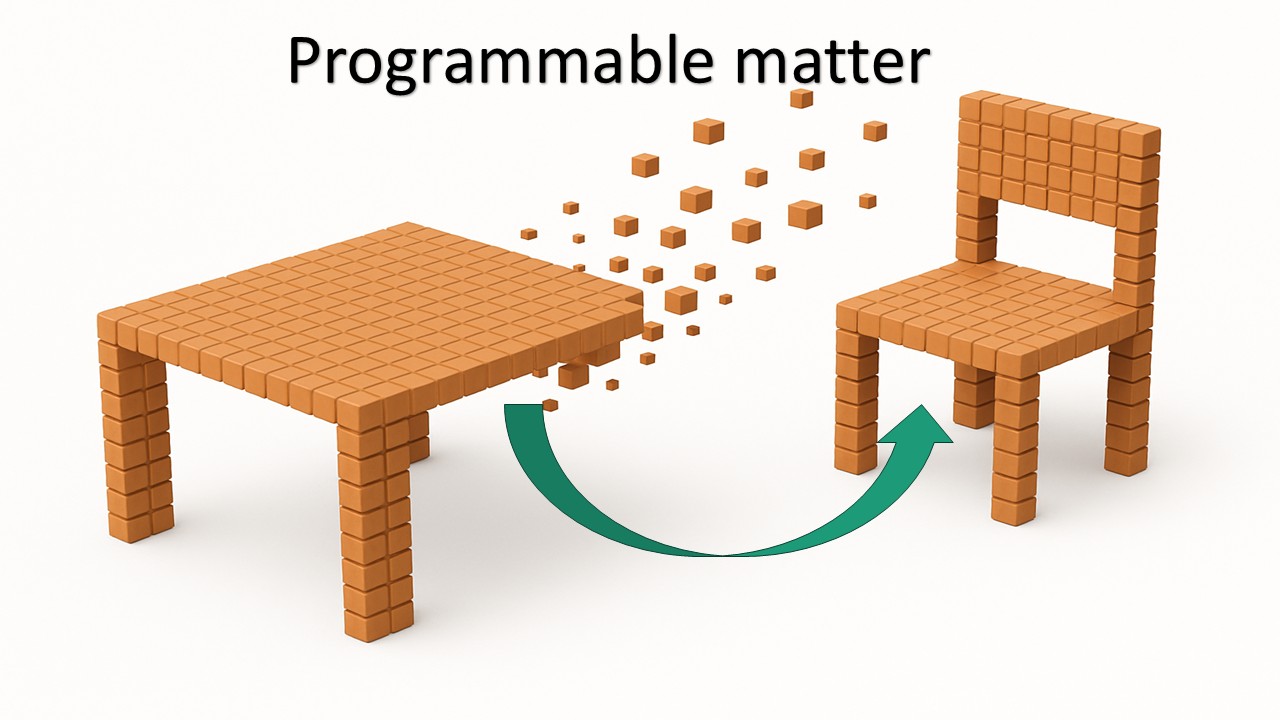
The export-led sectors of textiles and shrimp have entered a decisive phase after U.S. President Donald Trump signaled potential tariff relief for Indian goods. His statement during a Washington policy briefing on October 29, 2025, has reignited investor confidence, sending export-related stocks soaring and prompting discussions on how the move could reshape India’s trade outlook.
India–U.S. Trade Relations at a Crossroads
Since 2019, U.S. tariffs on Indian textiles and seafood have hurt profit margins and export competitiveness. India’s $44 billion textile export industry and $7.8 billion shrimp export business—two key contributors to foreign exchange inflows—have faced persistent headwinds.
The Trump administration’s new approach reportedly seeks to reduce reliance on Chinese suppliers by encouraging imports from “trusted partners,” positioning India as a major beneficiary alongside Vietnam and Mexico.
Market Response: Stocks Surge on Trade Optimism
Indian stock markets welcomed the signal.
- Textile majors such as Welspun India, KPR Mill, and Kitex Garments surged between 5% and 8%.
- Seafood exporters including Avanti Feeds and Apex Frozen Foods gained 4–6%.
Brokerage reports from Motilal Oswal and JM Financial note that even a 5% tariff cut could enhance EBITDA margins by 120–180 basis points for large exporters.
The Nifty Textiles & Apparel Index climbed 3.2%, while the seafood sector recorded its highest trading volumes since August 2024.
Policy Context: U.S.–India Negotiations in Motion
Trade negotiations between India’s Ministry of Commerce and the U.S. Trade Representative’s office have reportedly resumed under the Indo-Pacific Economic Framework (IPEF). Talks include lowering tariffs on cotton yarn, apparel, and processed seafood, as well as implementing traceability standards under the “Blue Supply Chain” initiative.
Sources in New Delhi confirm that at least six chapters of the proposed trade deal are “substantially concluded,” while others—focused on environmental and labor standards—are still under review. A formal announcement could come before the end of FY25.
Economic Potential
According to CRISIL Research, India’s textile exports could rise by $3.5–4 billion annually if duties are relaxed by even 5–7%.
The shrimp industry, which employs nearly 1.2 million people in coastal regions, could see a 15–20% jump in export volumes over two years.
Improved access to the U.S. market could also help India reduce its trade deficit by $2–3 billion annually.
Risk Factors
- Regulatory Complexity: The U.S. may link relief to new sustainability and labor standards, requiring heavy compliance costs.
- Raw Material Inflation: Cotton prices in India have risen 9% YoY, impacting input costs.
- Global Demand Uncertainty: The EU’s slow recovery may weigh on overall export momentum.
- MSME Challenges: Smaller exporters could struggle with technology upgrades and certification requirements.
Industry Insight
Dr. A. Sakthivel, President of the Federation of Indian Export Organisations (FIEO), said,
“If tariff relaxations are coupled with support for compliance and logistics, Indian exporters can capture an additional 5% of global market share in two years.”
Similarly, the Marine Products Export Development Authority (MPEDA) has urged exporters to adopt blockchain-based traceability systems to meet upcoming global food safety norms.
Long-Term Outlook
If the proposed tariff reforms are finalized in early 2026, analysts project a robust rebound in both sectors:
- Textile exports could touch $50 billion by FY27, with strong demand from North America.
- Shrimp exports may exceed $9 billion, with India reclaiming leadership in global frozen shrimp trade.
The combined effect would contribute an estimated ₹70,000–₹80,000 crore boost to India’s GDP and create over 1 lakh new jobs in the next two years.
Outcome
The potential U.S. tariff relief represents a turning point for Indian exporters. While optimism is justified, success will depend on how effectively the industry adapts to new compliance norms and global sustainability standards. With geopolitical winds favoring India and markets showing strong sentiment, 2026 could mark the beginning of a renewed export growth cycle for both textiles and seafood.
Sources: HDFC Sky , Business Standard, Reuters, CRISIL Research, FIEO, MPEDA, Ministry of Commerce.




































































